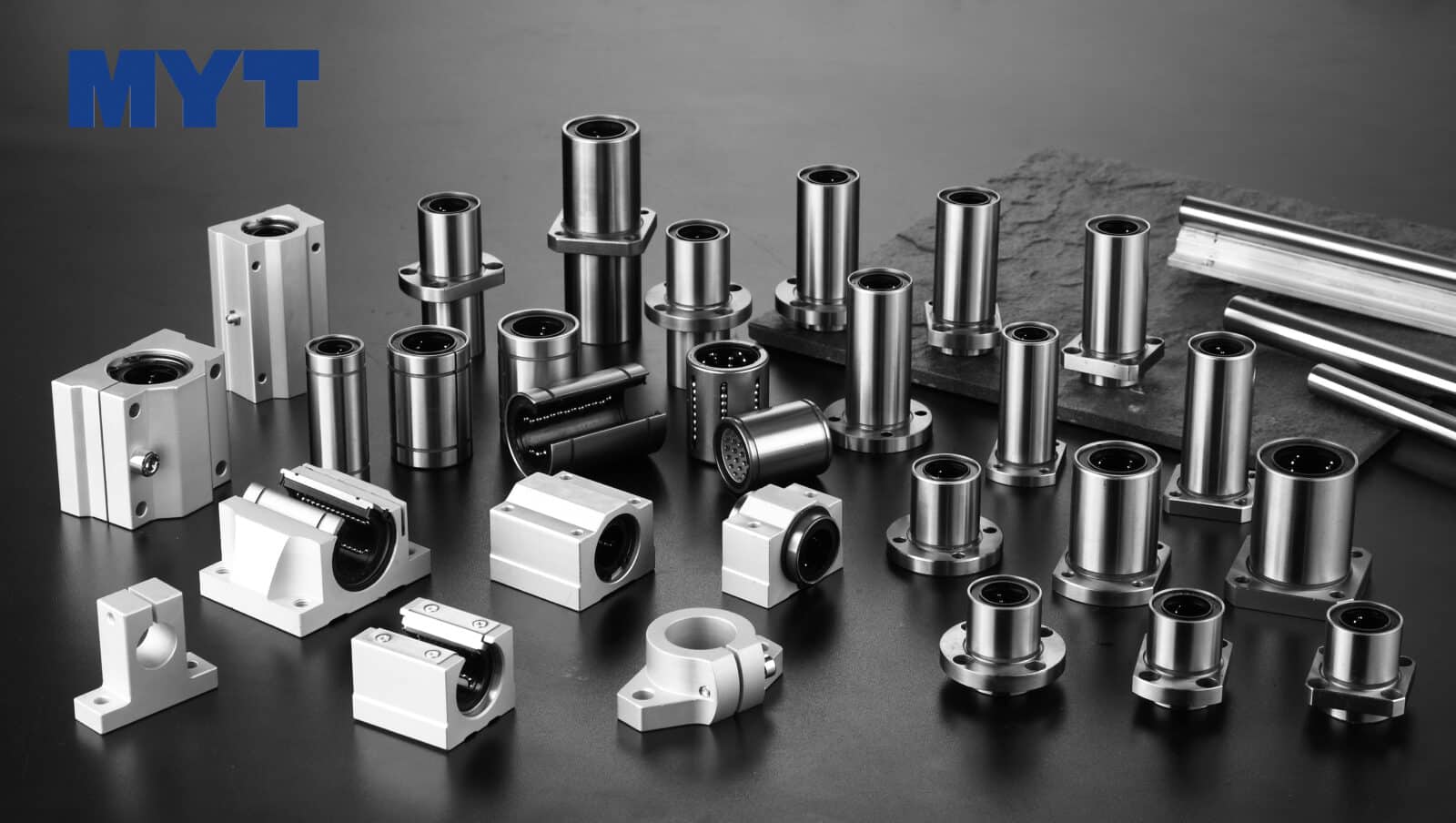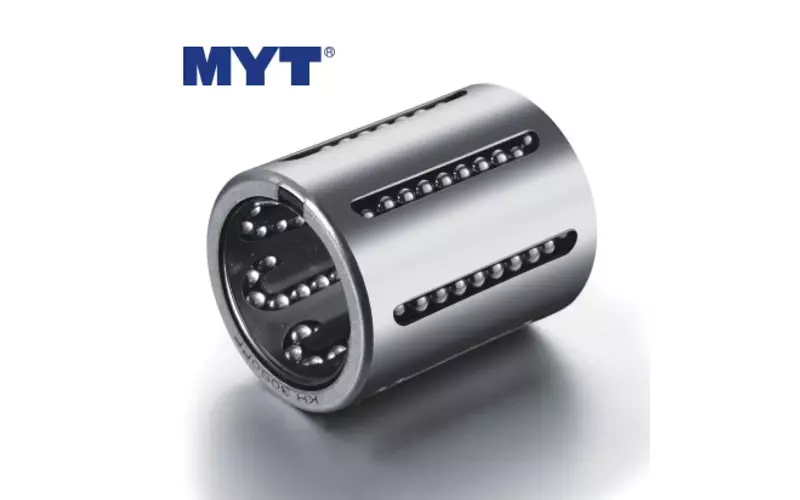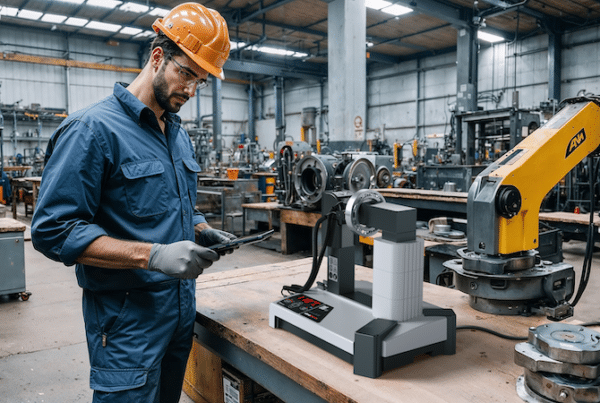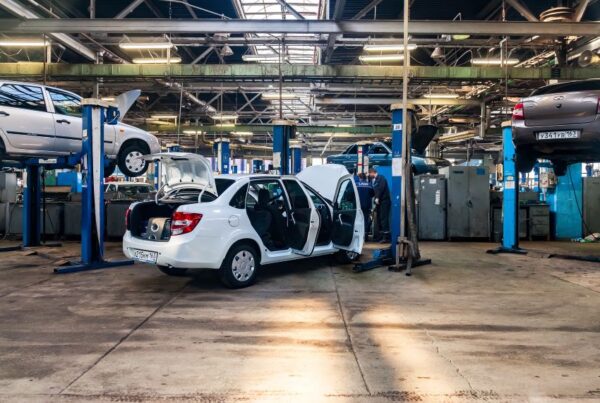Linear bushings are essential components in modern machine manufacturing and automation. These mechanical components allow straight-line motion along axes, minimising friction and ensuring high precision.
Let’s look at the types of linear bushings, their materials, their function, their applications, their maintenance requirements and their role in industrial processes.
How linear bushings work
The basic function of linear bushings is to allow movement along the axes with minimum friction. This is achieved in two main ways: by using rolling elements (balls) or sliding surfaces.
- Linear ball bearings: these bushings operate by means of balls that reduce friction between the shaft and the bushing. The balls roll along the shaft, minimising friction and allowing smooth, fast movement. The advantage of ball bearings is that they provide high speed and precision motion, which is particularly important in machine tools and automated systems.
- Linear plain bearings: these bushings have sliding surfaces that allow movement along the axis. Although they involve higher friction than ball bearings, their simpler design and lower cost make them advantageous in certain applications. Self-lubricating versions offer additional benefits by providing continuous lubrication, reducing maintenance requirements.
Materials and construction
Linear bushings can be made of different materials, each with its own advantages and disadvantages.
- Metals: Steel is extremely durable and can withstand heavy loads, while aluminium is lighter but also strong and corrosion resistant.
- Plastic: Plastic bushings are lighter and more resistant to corrosion than metals. However, they are used for lighter load applications as plastics are less durable and more prone to deformation.
- Composite materials: composite materials combine the advantages of metals and plastics. These materials provide high strength, low friction and corrosion resistance, making them suitable for a wide range of applications in various industries.

Advantages of using a linear bushing
- Precision motion: linear bushings enable high precision motion, which is essential for precision machines and automated systems.
- Low friction: rolling elements (balls) or sliding surfaces minimise friction, reducing energy consumption and wear.
- Wide range of applications: linear bushings can be used in a wide range of industries and applications, including industrial automation, machine tools, medical devices and printing.
Maintenance of linear bushings
Proper maintenance of linear bushings is essential for long life and reliable operation. Some important maintenance considerations:
- Lubrication: Most linear bushings require regular lubrication to reduce friction and minimize wear. Self-lubricating bushings are an exception as they provide continuous lubrication.
- Abrasion: bushings wear over time, affecting accuracy and operational life.
- Environment: Environmental factors such as dust and moisture can affect the performance and life of bushings. Proper protection and maintenance can help minimize the impact of these factors.
Application areas
Linear bushings play a key role in many industries and applications. Some examples of the most common applications are:
- Industrial automation: Linear bushings are essential in industrial automation systems where precise and reliable movements are required.
- Machine tools: in precision machine tools such as CNC machines, linear bushings ensure precise and smooth movements. Ball bearings are often chosen for applications requiring high loads and fast movements.
- Medical devices: linear bushings are also used for linear motion in medical equipment such as CT and MRI machines, as well as surgical robots.
- Printing industry: linear movements of parts in printing machines would not be possible without linear bearings.
See linear bushings at work:
Linear bushings are essential in modern machine manufacturing and automation, ensuring fast and precise movements along axes. Technological advances and innovations such as new materials, advanced lubrication technologies and intelligent systems further increase the efficiency and applicability of linear bushings. Future developments will further strengthen the role of these essential mechanical components in modern industry and automation.
For linear bearings and bushings, visit lineartechnik.hu!




